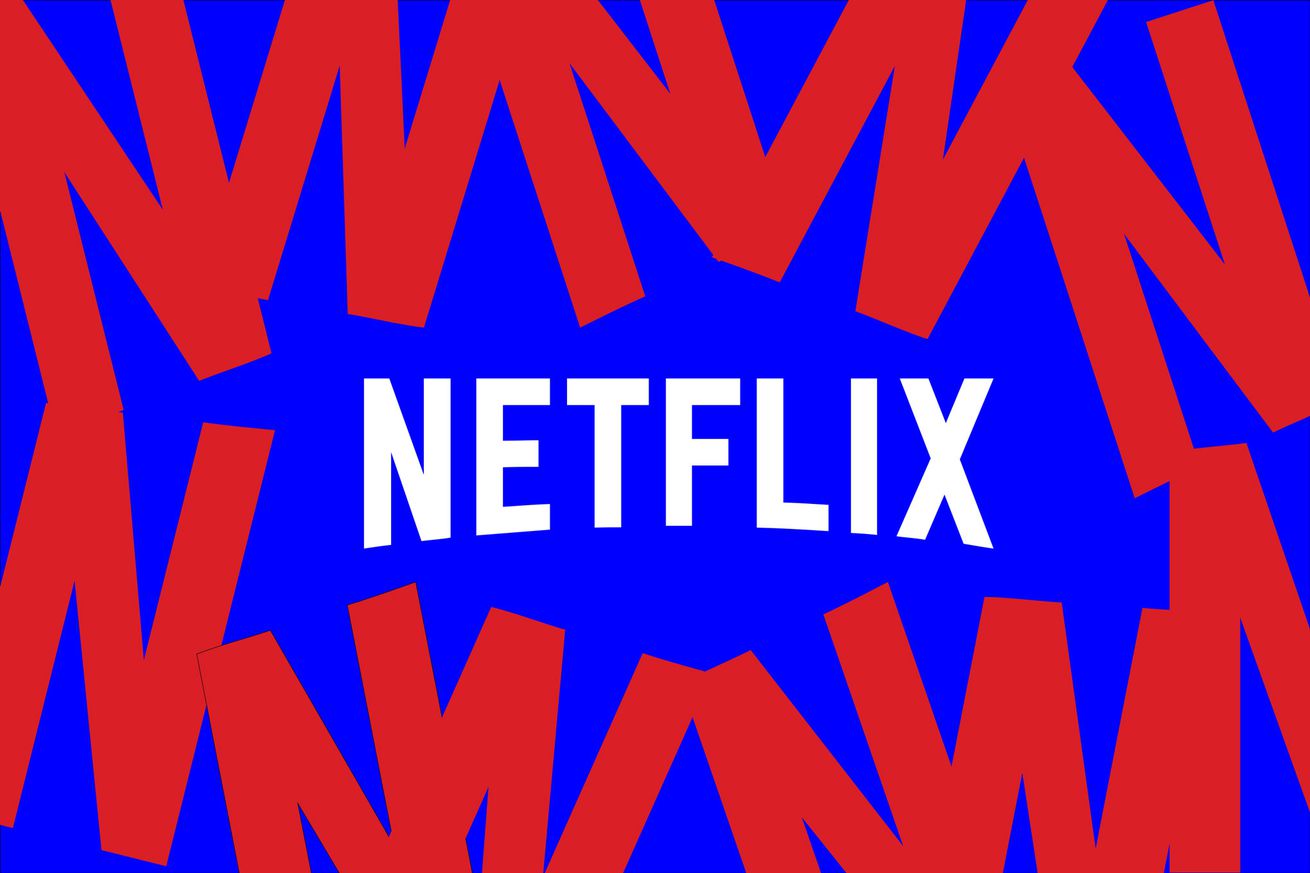
Netflix’s new show ranking system doesn’t change much
Netflix is overhauling the way it calculates its top 10 shows and movies — but it doesn’t make the metric any more helpful. Instead of ranking popular titles by total viewing time, the company now says it will rank them based on “views,” something it defines as the number of hours viewed divided by the total runtime, as first reported by The Hollywood Reporter.
As an example of its new system, Netflix says Extraction 2 starring Chris Hemsworth got 43 million “views,” or 88.38 million hours viewed divided by 2.07 hours of runtime, from June 12th to June 18th. In other words, Netflix still isn’t disclosing how many people are actually watching the content on its platform from start to finish, which, you know, would be way more useful to viewers and advertisers alike.
Netflix says it made the change to ensure that longer titles don’t gain an advantage over shorter ones and that it should also allow people outside the company to “compare the relative impact of movies and series” without giving too much weight to their runtime. However, this new system still doesn’t compare to actually revealing specific viewership numbers, which it says it will only provide to creators.
“Our hope is that by being consistent and transparent about what people are watching, Netflix can give everyone — consumers, creators, analysts and press — better insights into what success in streaming looks like more generally,” Netflix writes. “We will continue to share more granular, title-specific data with creators, and as always, we’ll continue to listen to feedback.”
In addition to making this metric equally as ambiguous as the previous one, Netflix is also extending the qualifying time for its most popular titles overall from 28 days to 91 days, or around three months. This means a show’s long-term performance will impact its ranking. As a result of this change, Wednesday’s first season has surpassed Stranger Things 4 as Netflix’s most popular English-language TV show.
Netflix and other streamers have long been reluctant to share viewership data — a metric advertisers and content creators can use to determine what is and isn’t sticking — even though they all possess the numbers that people actually want.
Just like Hulu, Disney Plus, and Max, Netflix prioritizes increasing its subscriber count, which is one of the reasons it’s implementing a password-sharing crackdown. But as new subscriptions begin to slow across the industry and Netflix and other streamers turn to ad-supported tiers to keep investors happy, these companies may need to improve their metrics if they want to attract the advertisers that can help to keep their services afloat.
Disclosure: The Verge recently produced a series with Netflix.

